Shrines are sacred places that lie at the heart of Japan's spiritual and cultural identity. These hallowed grounds, dedicated to the worship of Shinto deities and the veneration of ancestral spirits, have stood as enduring symbols of the country's deep-rooted traditions and beliefs for centuries. Each shrine tells a unique story, reflecting the myths, legends, and historical events that have shaped the nation's collective memory. As you step through the torii gates and into the serene precincts of a Japanese shrine, you'll discover a world where the divine and the mundane intersect, where ancient rituals and modern-day aspirations coexist in perfect harmony. Whether you seek spiritual solace, cultural enlightenment, or simply a moment of tranquility amidst the chaos of everyday life, Japan's shrines offer a timeless invitation to connect with the essence of the country's soul.
22 tours & activities found
Sort by price
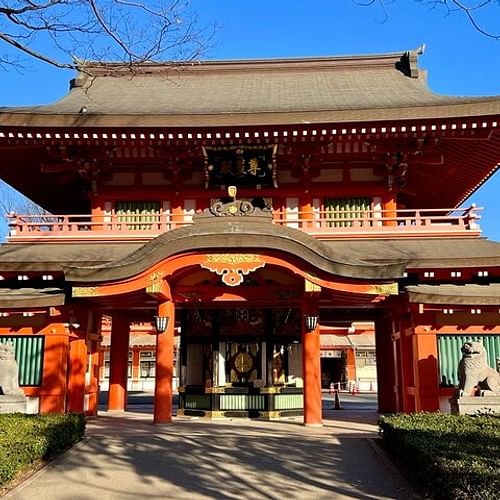
Chiba・1 hour
From $ 55.12
per person
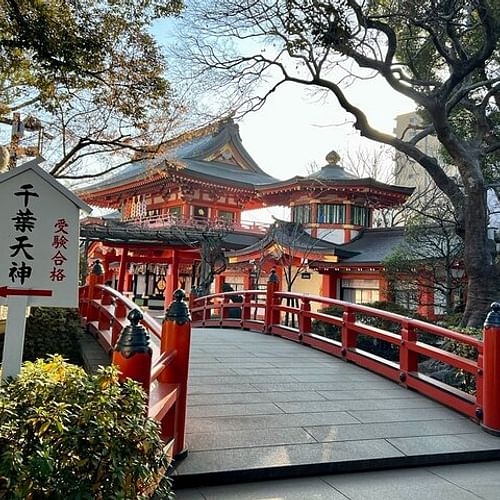
Chiba・1 hour and 30 minutes
From $ 68.9
per person

Tokyo・1 hour
From $ 72.76
per person
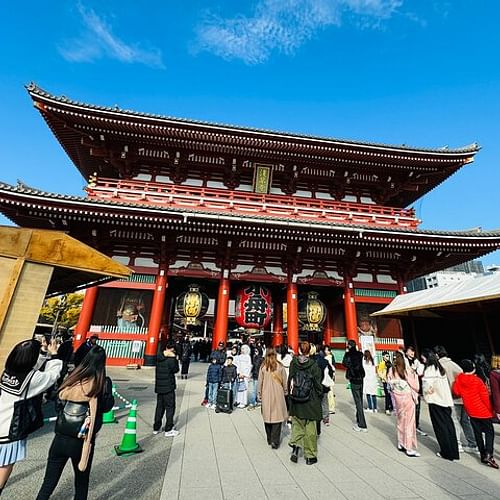
Tokyo・1 hour
From $ 72.76
per person
Show more
Japan is home to over 80,000 shrines, ranging from small, local sanctuaries to grand, national monuments. While each shrine has its own unique history and architectural style, they all share common features and practices that define the essence of Shinto worship. Some key aspects of Japanese shrines include:
Some of the most famous and historically significant shrines in Japan include:
To fully immerse yourself in the world of Japanese shrines, consider participating in guided tours, cultural workshops, or traditional experiences, such as omikuji (fortune-telling) or ema (wooden prayer plaques). Many shrines also offer unique souvenirs and charms (omamori) that are believed to bring good luck, protection, and blessings to their owners.
Embark on a spiritual journey through the heartland of Japan by booking your shrine experience today. As you explore these sacred sanctuaries, you'll not only gain a deeper understanding and appreciation of Japan's rich cultural heritage but also discover a sense of inner peace and connection to the timeless wisdom of the gods. Get ready to step into a realm where the past and present intertwine, where every stone, every offering, and every prayer tells a story of faith, resilience, and the enduring spirit of the Japanese people.
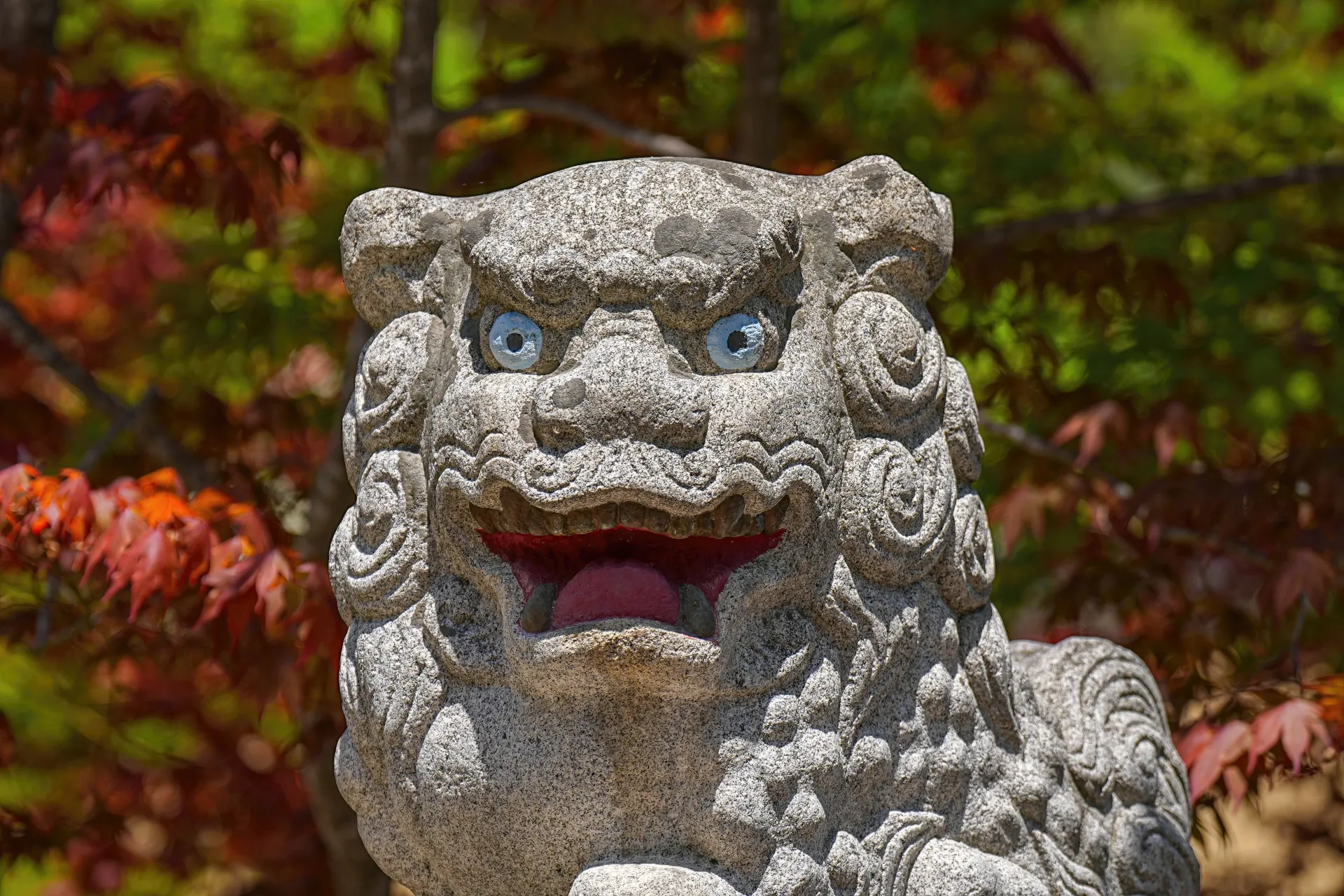
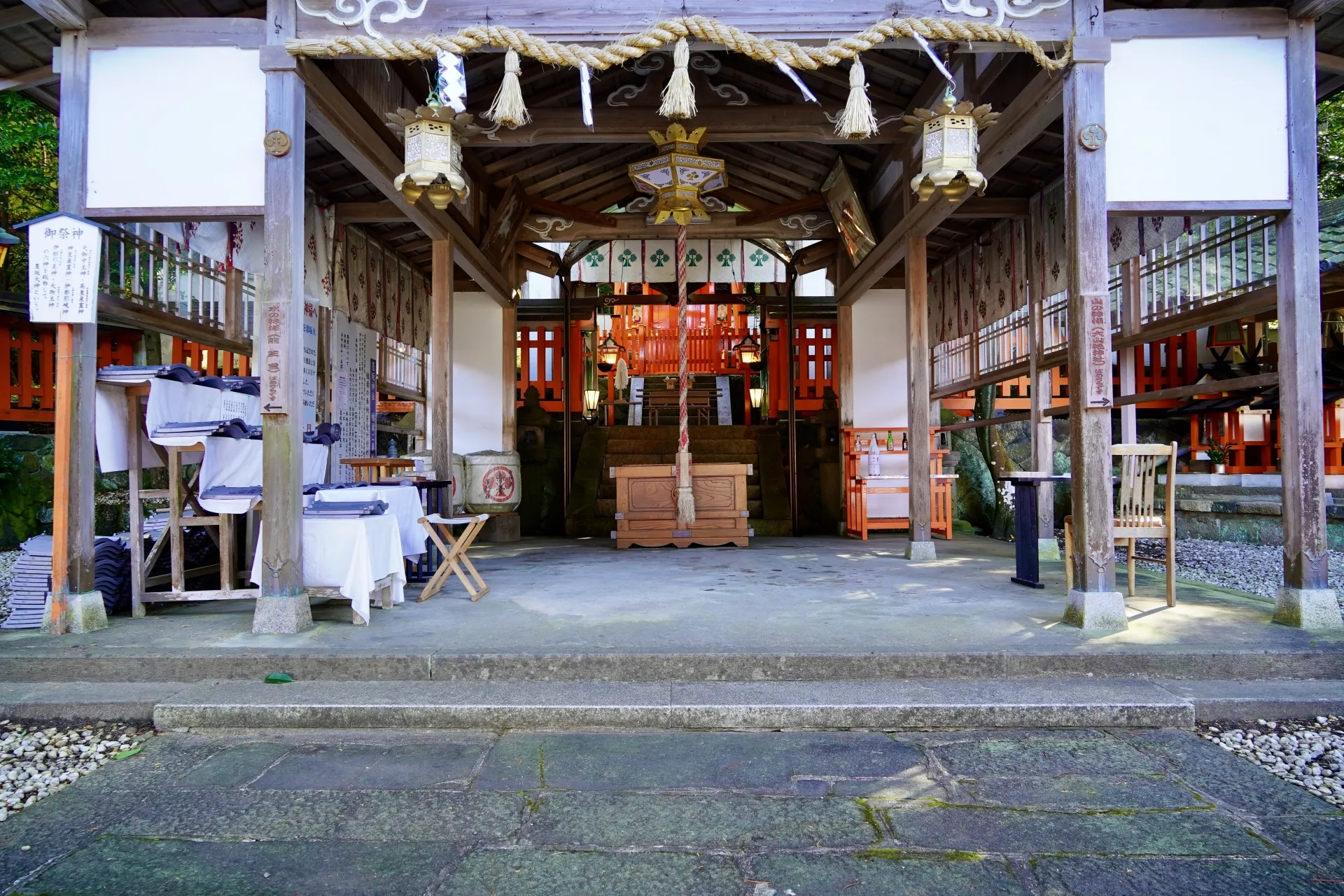

77
tours & activities
29
tours & activities
22
tours & activities
17
tours & activities
16
tours & activities
8
tours & activities
8
tours & activities
6
tours & activities
6
tours & activities
6
tours & activities
5
tours & activities
5
tours & activities
4
tours & activities
3
tours & activities
3
tours & activities
2
tours & activities
2
tours & activities
1
tours & activities
1
tours & activities
1
tours & activities